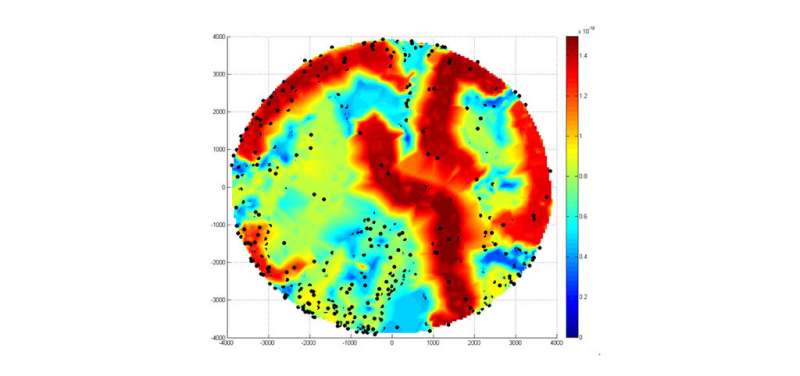A computational analysis identifies a new clinical phenotype of severe malaria

There are more clinical phenotypes of severe malaria than those defined by the World Health Organization (WHO), according to a study led by ISGlobal. The results indicate that heart failure can be a pathogenic mechanism of disease, which has implications in the clinical management of these patients.
Despite the progress achieved in recent decades, malaria is estimated to have caused almost a half-million deaths in 2016, mostly among children. The definition of severe malaria was established to identify those children at risk of dying, but in reality it is a complex and heterogeneous disease that not always responds to the recommended treatments.
The team led by Climent Casals-Pascual, researcher at ISGlobal and at Oxford University, applied a computational analysis based on networks in order to identify biologically relevant phenotypes apart from those currently defined by the WHO (cerebral malaria, respiratory distress, and severe malarial anaemia). They performed a network-based clustering analysis using data from almost 3,000 Gambian children hospitalized with malaria. They found that mortality was higher in those clusters with higher phenotypic heterogeneity. The analysis revealed four clusters of patients with both respiratory distress and severe anaemia, in which an increase in liver size was associated with higher mortality. By analysing plasma proteins of these patients, they showed that this is likely due to heart failure.
"Our results indicate that heart failure should be reconsidered as a pathogenic mechanism in severe malaria," explains Casals-Pascual, "and that therefore the standard clinical management may not be appropriate for these patients." This type of systems approach can be valuable for identifying new phenotypes and mechanisms as well as therapeutic options for complex diseases," he adds.
More information: Ornella Cominetti et al, Identification of a Novel Clinical Phenotype of Severe Malaria using a Network-Based Clustering Approach, Scientific Reports (2018). DOI: 10.1038/s41598-018-31320-w




















